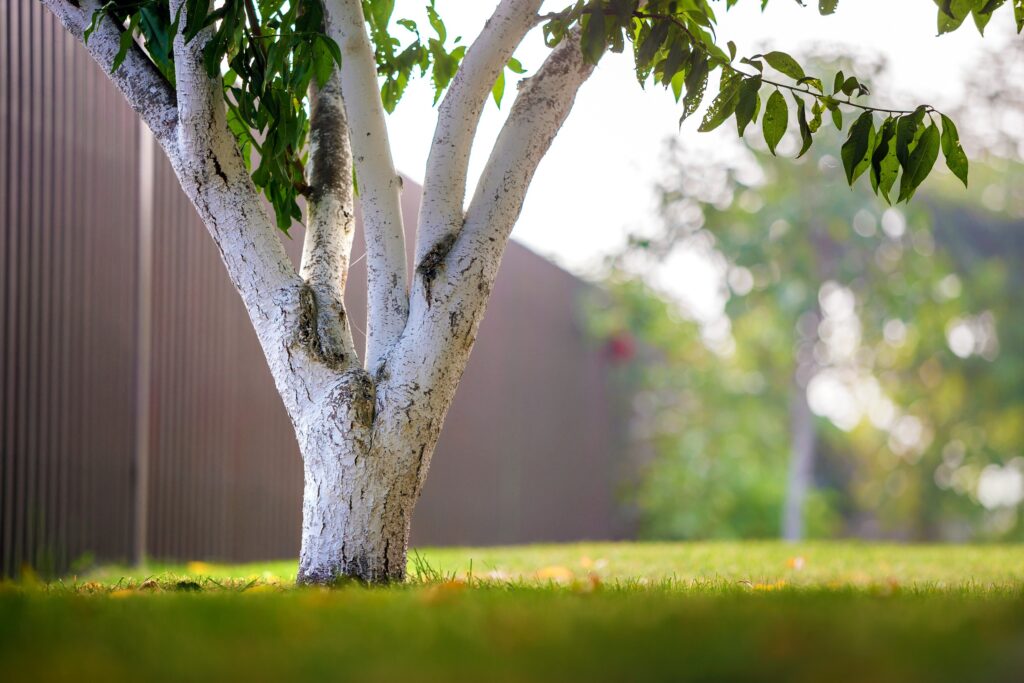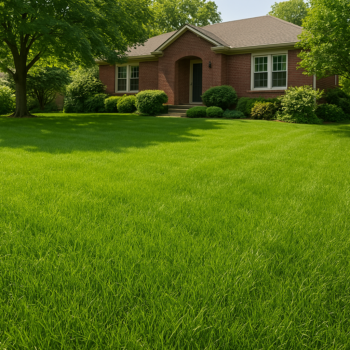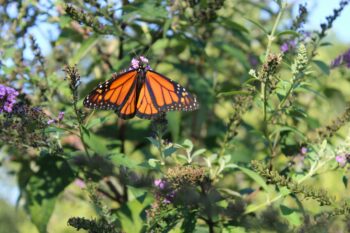Trees are not only beautiful and majestic, but they also provide a myriad of environmental benefits, including shade, improved air quality, and increased property value. Just like any living organism, trees require proper care and nourishment to thrive. One crucial aspect of tree care is fertilizer application.
However, timing is everything when it comes to fertilizing trees. In this article, we will guide you through the process of determining when to fertilize a tree, ensuring optimal growth and health.
Understanding the Nutritional Needs of Trees
Before diving into the timing of fertilizer application, it’s essential to understand the nutritional needs of trees. Trees require three primary nutrients for healthy growth: nitrogen (N), phosphorus (P), and potassium (K).
Each nutrient plays a unique role in supporting the overall health and development of the tree. Nitrogen encourages vigorous leaf and stem growth, phosphorus promotes root development and flowering, while potassium enhances disease resistance and overall strength.
Check out this list of Texas trees published by Texas A&M Forest Service for ideas on what to plant in your yard.
Factors to Consider for Fertilizer Timing
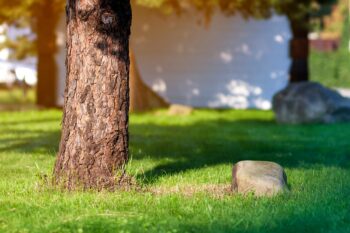
Several factors come into play when determining the ideal timing for tree fertilization:
1. Tree Species
Different tree species have varying nutritional requirements and growth patterns. Research the specific needs of your tree species to ensure you provide the right fertilizer at the right time. Get your lawn fertilized at the same time as your trees to make sure your entire landscape looks its best.
2. Tree Age
The age of the tree influences its fertilizer requirements. Young trees often need more frequent and specific fertilization to support their rapid growth, while mature trees may require less frequent applications.
3. Soil Conditions
Understanding your soil’s fertility and pH level is crucial. Conducting a soil test will provide valuable insights into the existing nutrient levels and any imbalances that need to be addressed through fertilization.
4. Climate and Season
Climate and seasons play a significant role in determining the best time to fertilize a tree. Fertilizer application must coincide with periods of active growth when trees can efficiently absorb and utilize nutrients.
Read about how trees grow from the Texas A&M Forest Service.
Best Times for Fertilization
While the specific timing may vary depending on the aforementioned factors, there are three primary periods when fertilizing trees is most effective:
1. Early Spring
Early spring is an ideal time to fertilize most trees. As temperatures rise and soil moisture increases, trees enter an active growth phase.
Applying fertilizer during this time provides a boost of nutrients, aiding in the production of new leaves, branches, and root development. Opt for a slow-release fertilizer to ensure a gradual and sustained supply of nutrients throughout the growing season.
2. Fall
Fall is another suitable time for tree fertilization, especially for deciduous trees. Applying fertilizer in late fall promotes stored nutrient reserves, which are crucial for sustaining root health during the winter months and supporting vigorous growth in the following spring.
Aim to fertilize at least six weeks before the first frost to allow the tree roots to absorb and store nutrients.
3. Mid-Summer
For some trees, a mid-summer fertilization can provide an additional boost. This is particularly beneficial for trees that exhibit signs of nutrient deficiencies, stressed trees, or those growing in nutrient-poor soils.
However, be cautious when fertilizing during hot summer months as excessive fertilizer application can damage tree roots. It’s important to consult with a professional or arborist to determine the specific fertilizer requirements and application rates for your trees.
Proper Fertilizer Application Techniques
To ensure the best results when fertilizing your tree, follow these essential application techniques:
- Measure the area to determine the correct amount of fertilizer needed.
- Apply the fertilizer evenly over the root zone, which extends beyond the tree’s canopy. Avoid applying fertilizer directly against the trunk as this can cause root burn.
- Water the area thoroughly after applying fertilizer to help the nutrients penetrate the soil and reach the tree’s roots.
- Apply mulch around the base of the tree to help retain moisture, regulate soil temperature, and reduce weed competition.
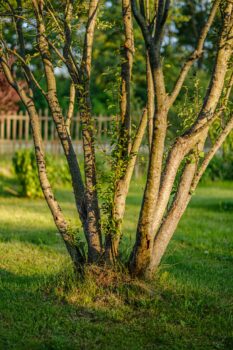
Consulting with Professionals
While this guide provides valuable insights into when to fertilize a tree, it’s important to note that each tree is unique, and specific factors may influence the timing and type of fertilizer required.
When in doubt, it’s beneficial to consult with a professional like Ryno Lawn Care LLC. Our experienced team offers tree and shrub fertilization services to help you maintain the health of your trees and shrubs. Additionally we also offer tree trimming services.
Nurturing Trees for Future Generations
Proper and timely fertilization is a vital component of tree care, ensuring their long-term health, vitality, and beauty.
By understanding the nutritional needs of your trees, considering the factors influencing fertilizer timing, and implementing proper application techniques, you can be confident in promoting healthy growth year after year.
Remember, trees are true investments in our environment and future generations, and it’s our responsibility to nurture them with the care they deserve.

